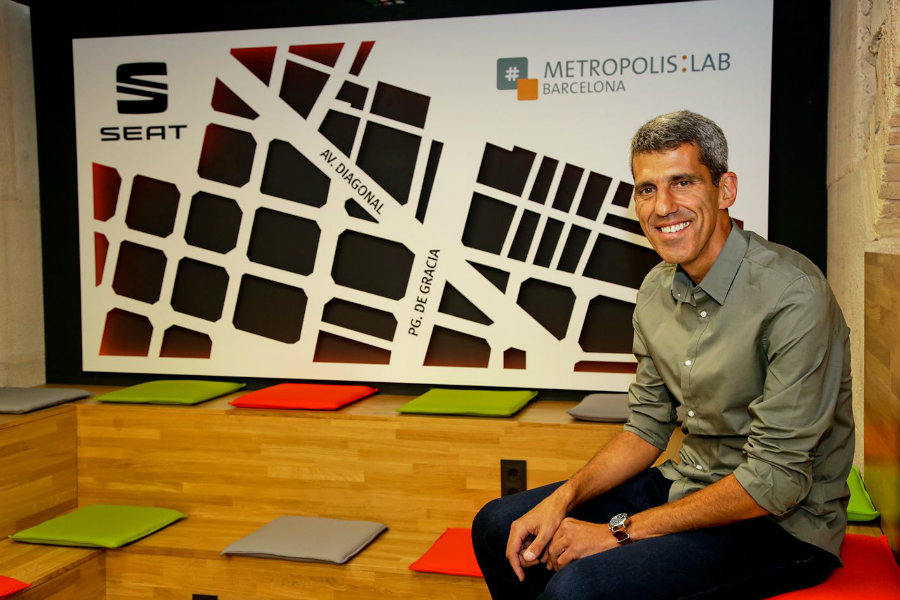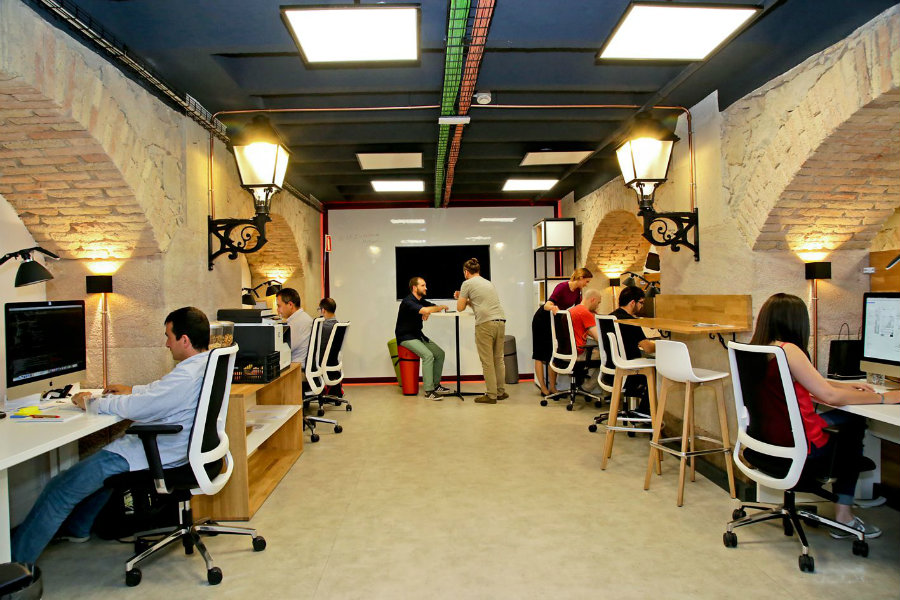José Nascimento, head of SEAT’s Metropolis:Lab Barcelona, discusses the dramatic impact that new data-based technologies could have on the future of urban mobility.

What are the main research areas of the Metropolis Lab?
Our main focus is to understand how people move in a city. We need to understand what disrupts traffic and what we can do to make the traffic and the whole city flow better.
Our main job at Metropolis Lab is to analyze data. We look at how goods, people and services move between points A and B. The car is just part of that equation.
To help the city move well, we need to look at data from different sources to get the answer. Everything that happens in the city has an impact. We need to analyze data to understand this impact and to make suggestions for improvement. For example, we could simulate what would happen if people who live in a certain region left home at 8:15, and people in another area at 8:30. To improve traffic flows, we could collaborate with the city in a way that would direct not only your journey but the journey of the group that lives around you.
How has the Metropolis Lab grown since it was launched last year?
We have been able to create an environment which is entirely supported by SEAT but which is seen as a separate thing. The lab operates away from SEAT and as a very independent company. That means that I can go to the ecosystem and hire developers who do not want to work for a big corporation. It allows me to compete with any other start-up and to develop our own culture. We have a small team at the moment which means that we can be quick and make decisions collectively. At the moment, the idea is to grow in a very controlled and slow way.
How closely do you work with local authorities in Barcelona?
Barcelona is a city that thinks about mobility and that has a mobility plan. We already use a lot of data that the city provides us as an open platform. Now we are moving into the next phase, working more closely with them on more data. It is going to become a much closer relationship and one that we might use as a template when we operate in other cities.

How do you think car companies can use digital technologies to contribute to improve urban mobility?
Car companies clearly understand that the future will change and that the way that people interact with cars will change. If you think of cars as a service, you can see that they are just one part of the mobility network of a city. In the future, the car is not going to be the dominant force of the mobility space. It will not take you from your home exactly to the place where you work, but perhaps from your home to an area slightly outside of the city where you will have a train connection that takes you to the city. The car will be part of the journey, but not the dominant force. This will be a natural development of cars becoming more electric and autonomous.
What do you think is the potential for Big Data to transform mobility services?
The overall vision is for data to control everything. For example, data could be used to eliminate traffic lights. Because every moving thing is communicating with all other moving things, vehicles will not have to stop.
If the entire city is organized in such a way that everything moves at a predetermined speed and flows nicely, then when you get to an intersection, you get there at the exact right time to make a turn. The next car gets there at the next time. If an ambulance arrives, all the cars will automatically slow down. This shows just what data can do when every agent operates as part of a network. After all, an airport does not have traffic lights.
If you look at vehicles in the road now, they are controlled by human beings without any information. We just drive. If data allows us to have much more knowledge about what is going on around us and everything flows, then it becomes stress-free and there will be stress-free cities. It will be much safer. And once it works in one city, this technology will be rapidly exported to other cities.
When will innovations from Metropolis Lab first be introduced into SEAT models?
We are focused on becoming a mobility service provider, which will add a new dimension to SEAT. Everybody thinks about SEAT as a carmaker but it would be great if by next year people think of SEAT as that but also as a service provider of mobility solutions.
One of our current initiatives is a pilot project for on-demand buses, which is an interesting concept. If you have too many people for a cab, for example, you can summon a bus to your door. That is critical to helping people move.
Another focus area for us is predictive navigation. Today, navigation products always stress the shortest path between A and B. We want to show the other options. Sometimes it is not about time but about something else. We want to reach people at a much lower level and provide them with that level of information. That is the main goal in what we do: to be very local so that we can speak the language of the people and listen to them![]()









